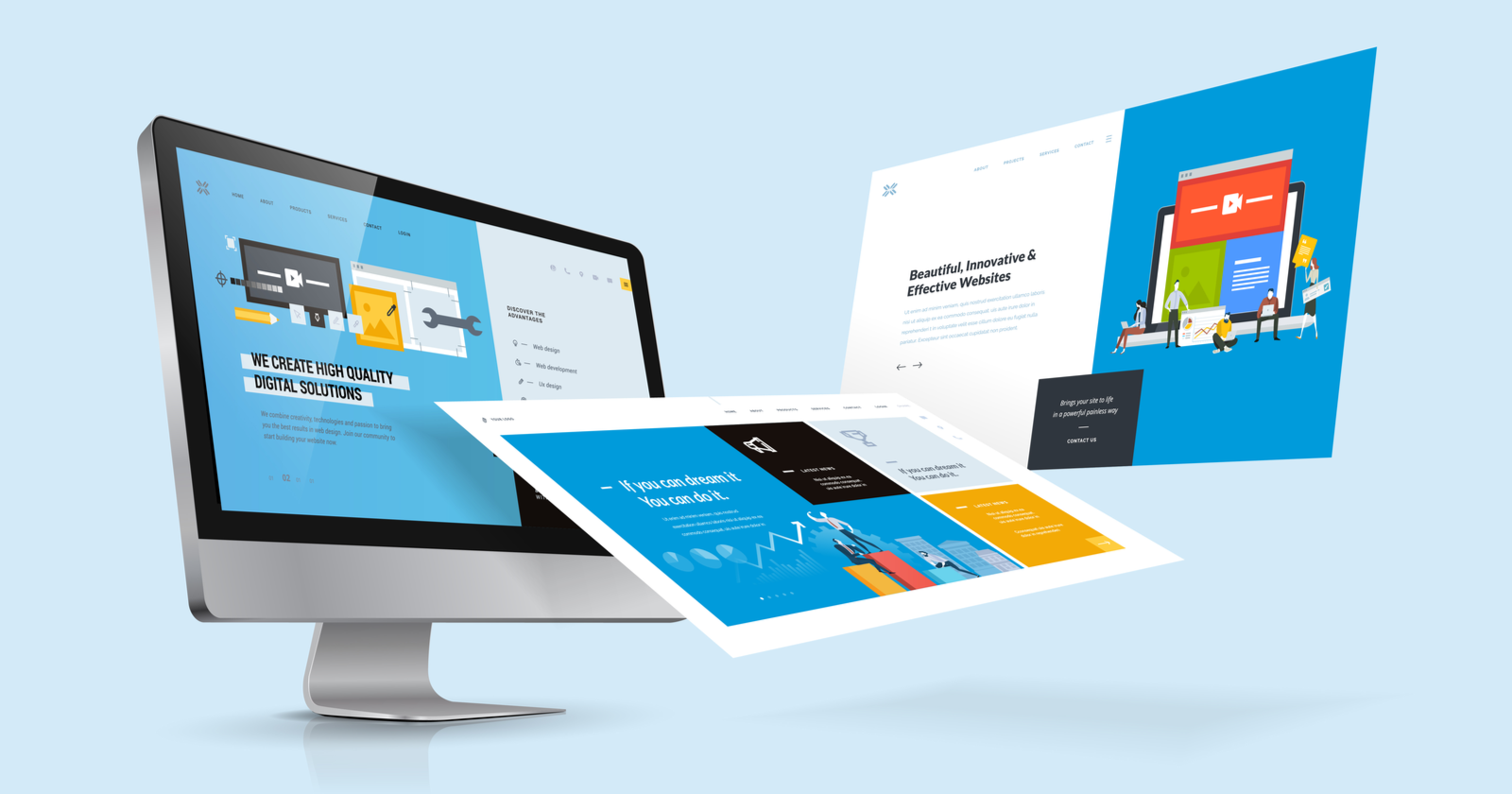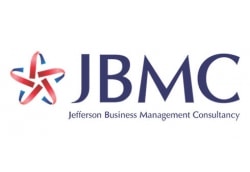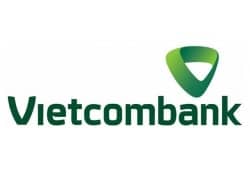What Makes A Good Ecommerce Website Nobody Has Ever Told You - Danaweb
What makes a good ecommerce website? Whether you are a beginner or professional in developing a website, this question will always bother you because everyone wants their website to become better day by day. Understanding this problem, Danaweb will help you puzzle out 6 things to make your website massive!
What makes a good ecommerce website? Whether you are a beginner or professional in developing a website, this question will always bother you because everyone wants their website to become better day by day. Understanding this problem, Danaweb will help you puzzle out 6 things to make your website massive!

1. Visual appeal and a straightforward layout design
Clear layout
A basic layout ensures that all of the different aspects of your website, including words, menus, and visuals, are balanced and easy to navigate. A basic style is long-lasting and will assist your website visitors in quickly finding the information they want.
Colors
Choosing a color scheme consistent with the rest of your website is beneficial. The most straightforward approach to design a color scheme is to utilize your brand color, muted and neutral backdrop colors for regular texts, and a highlight color for special offers or notifications.
Whitespace
The parts on your page that are purposefully left vacant area known as whitespace. Whitespace not only makes your website appear less cluttered and more professional, but it also helps to draw attention to all of the crucial aspects of your site and helps your visitors focus on what matters.
High-quality images
Using bigger photos helps to successfully and efficiently promote your products and services. Whether you utilize stock photos or your own, make sure they're all high-resolution and match the general vibe of your website - attempt to match the colors and feel of your website and brand.
Clear call-to-actions
Our brains are built to search for unambiguous messages of what the business wants us to do when we visit different ecommerce websites such as contact us, learn more, shop now, rent now, etc.

2. Trust
Clear contact information
Not having your contact information readily available is the quickest way to lose a customer's confidence and patience. Have your email, phone number, and several locations (along with their information) available at the bottom of each page, as well as a separate landing page for each. Make it simple for your consumers to get in touch with you if they have any concerns or feedback by including a contact form on your website.
Purchase & return policies
Clear policies and step-by-step walkthroughs of the rental and return procedure can reduce shopping cart abandonment. You strengthen the customer's trust in what to expect and deliver those expectations by making policies clear and easy to comprehend.
>>> Read more: How to Make Your Website Secure: 6 Must-Have Website Security Tips | Danaweb
Social Proof
Including possible reviews or social media posts on your website is usually a fantastic idea. Several platforms provide more options to present your business and build that trusting relationship with your clients without overloading your website. On the other hand, reviews offer first-hand accounts from your former consumers, reinforcing the amount of trust that your future buyers have in your business.

3. Agile checkout
The backbone of everything on your website is keeping things transparent and straightforward: make sure shoppers can quickly add goods and forget about what they have in their shopping cart. Provide clients with various registration, payment, and form-filling alternatives, among other things. All of this should lead to a quick and painless checkout. Spreading the stages across many pages is a valuable design strategy for lengthier checkouts. You may wind up with a few extra clicks as a result, but the procedures will be easier to grasp intellectually.
4. Effortless browsing
The first step in ensuring that your website's navigation is seamless and straightforward is to create a clear website structure that categorizes your website's content. Your company's products and services determine the best site structure.
5. Good mobile experience
Combine large text & buttons
It should go without saying, but make everything on your website large enough, so your clients don't have to zoom in to read it. It should properly fit the screen while also allowing enough white space to make the website feel airy and not claustrophobic.
Even more crucial: make sure your call-to-action buttons are large enough to be clicked without having to zoom in or, worse, mistakenly clicking on anything else.
Implement simple forms
The fewer steps your consumer must take to purchase from your website or contact you, the better, so make sure your mobile website's forms are a few steps shorter than those on your desktop website. Include big text and call-to-action buttons to make inputting their information as simple as possible.
Always available
Customer service is a critical consideration for 84 percent of consumers when considering whether or not to make a purchase. Ensure that your contact information is readily available if your consumers have any issues. A live chat feature that allows your consumers to communicate with your staff is a tremendous and mobile-friendly way to communicate.
>>> Read more: UI/UX Design For Mobile And Web Apps | DanaWeb
6. Website speed and response pace
Checking your website pace
Make sure your website loads quickly and responds to commands correctly since a sluggish website will reduce traffic, conversions, and, as a result, online sales. Google's Page Speed Test will help you discover more about your website's performance.
Optimize your photos
Images that are too heavy may slow down the loading performance of your website, especially when viewed on a mobile device. Customers will have a terrible and confusing experience if your images aren't optimized and sized correctly for the website and various devices.
Downplay HTTP requests
The more on-page components, such as pictures, stylesheets, and scripts, you have, the longer it takes to render the page. Developer's Tool, a feature of Google Chrome, allows you to see how many HTTP requests your site produces.
Select the wise hosting choice
When it comes to creating an eCommerce site, the first thing that springs to mind isn't typically investing in a comprehensive hosting solution. While there are several possibilities, selecting the best one requires being realistic about the amount of traffic you expect to receive on your website. There are three types of hosting: shared hosting, virtual private server hosting, and dedicated server hosting.
>>> Read more: 4+ Keys To How To Load Website Faster In Php Website Owners Should Not Skip!
Danaweb will wrap up what makes a good ecommerce website. There are 6 things you have to remember: clear visual, trust, fast checkout, fluent browsing, smooth mobile UX, and speedy respond. We hope this article will help you maximize your website performance!
- Top 8+ Valuable Tools To Conduct Website Security Test Online Easily | DanaWeb
- Guide To Check Website Traffic In Google Analytics Precisely | Danaweb
- UI/UX Design For Mobile And Web Apps | DanaWeb
- Web Hosting Or Wordpress Hosting: Which Should Be Used?
- Top 10+ Usability Guidelines For Accessible Web Design You Must Not Miss!
- 10 Education Website UI Design | DanaWeb
- Necessary Notes When Hotel Reservation Website Design | Danaweb
- [ TOP 7+ ] Coffee Shop Website Design Inspiration 2022
- Example Website APA Citation - Simple And Easy To Understand | Danaweb
- 4+ Keys To How To Load Website Faster In Php Website Owners Should Not Skip!
- Danaweb - A Website Design Company Offers Professional Web Design Services In Danang Vietnam
- Top 10+ Common Web Design Mistakes You Need To Ward Off













